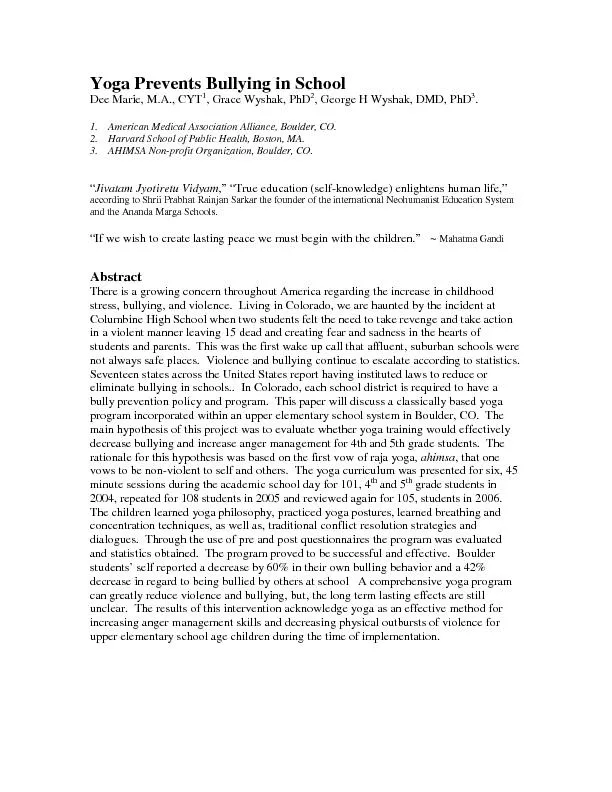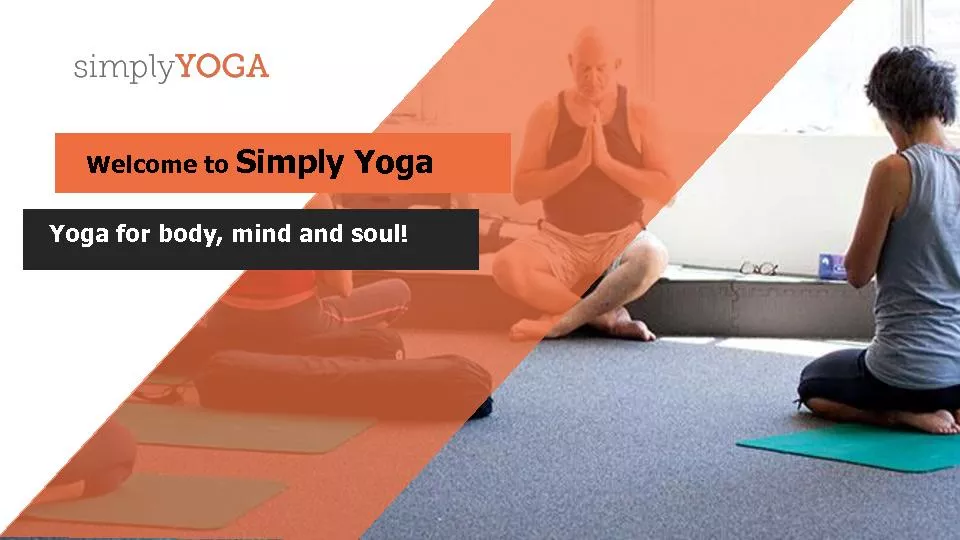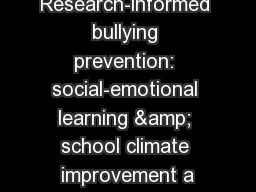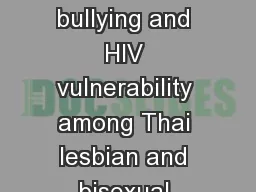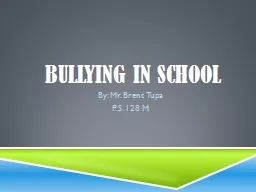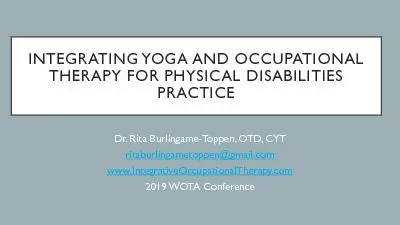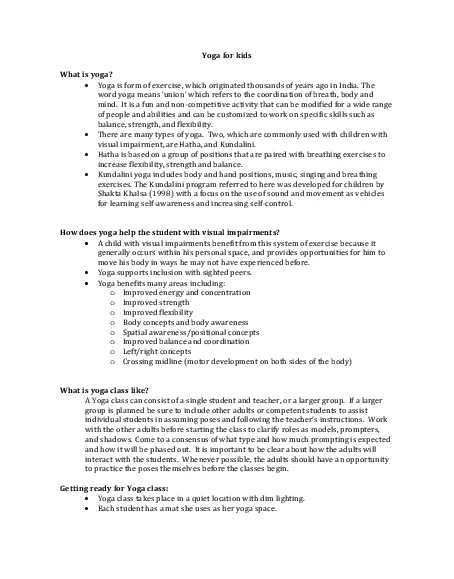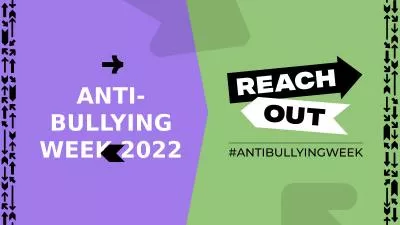PDF-Yoga Prevents Bullying in School Dee Marie, M.A., CYT, Grace Wyshak, P
Author : debby-jeon | Published Date : 2016-07-13
Introduction According to the American Academy of Pediatrics the average child by the end of elementary school approximately age 11 will have seen 8000 murders and
Presentation Embed Code
Download Presentation
Download Presentation The PPT/PDF document "Yoga Prevents Bullying in School Dee Mar..." is the property of its rightful owner. Permission is granted to download and print the materials on this website for personal, non-commercial use only, and to display it on your personal computer provided you do not modify the materials and that you retain all copyright notices contained in the materials. By downloading content from our website, you accept the terms of this agreement.
Yoga Prevents Bullying in School Dee Marie, M.A., CYT, Grace Wyshak, P: Transcript
Download Rules Of Document
"Yoga Prevents Bullying in School Dee Marie, M.A., CYT, Grace Wyshak, P"The content belongs to its owner. You may download and print it for personal use, without modification, and keep all copyright notices. By downloading, you agree to these terms.
Related Documents

